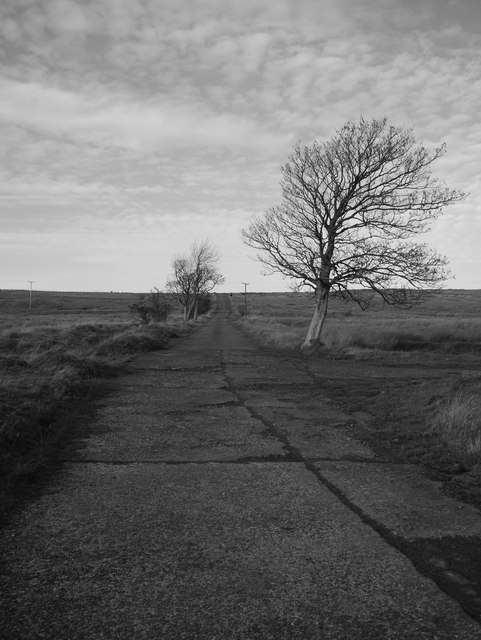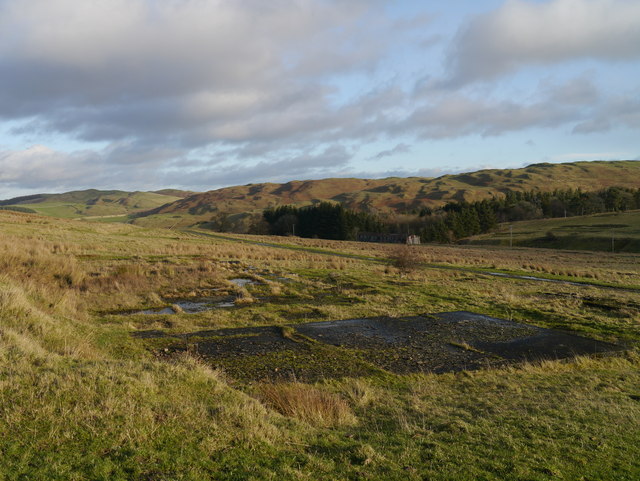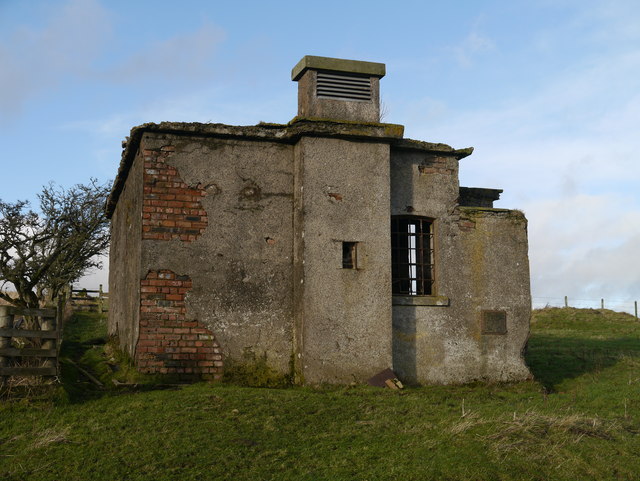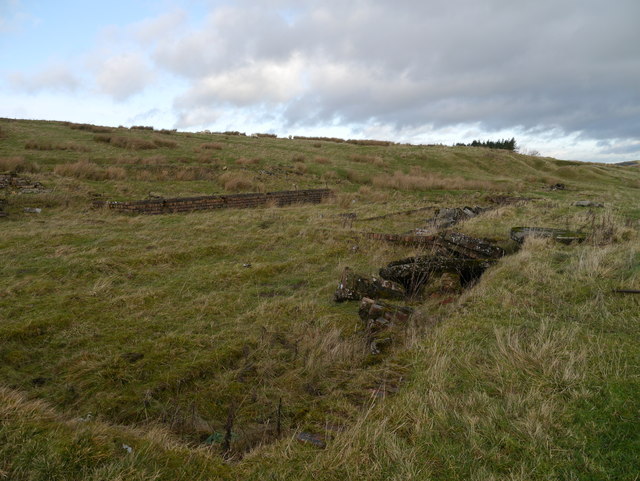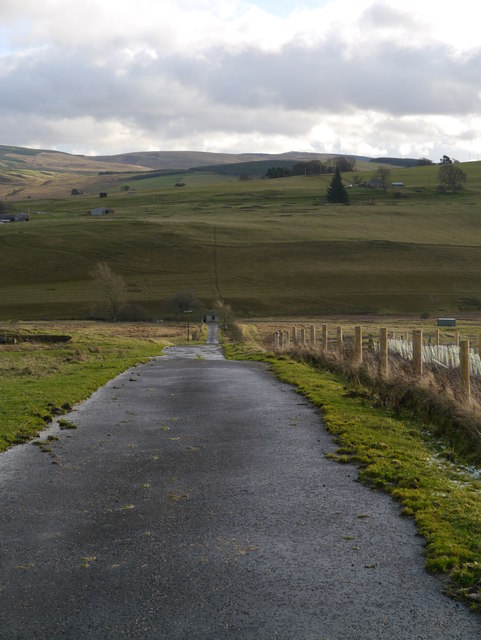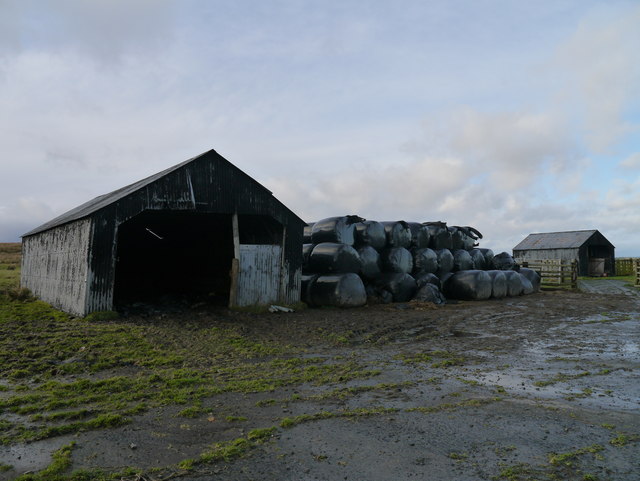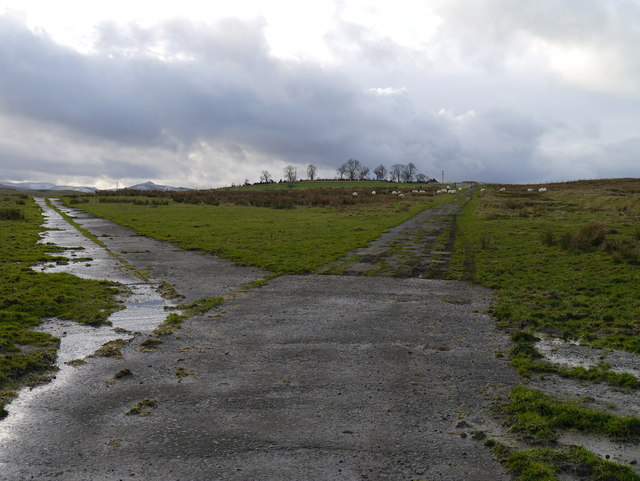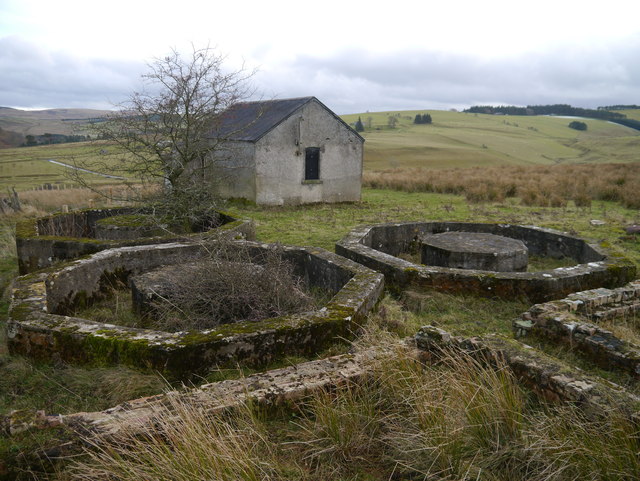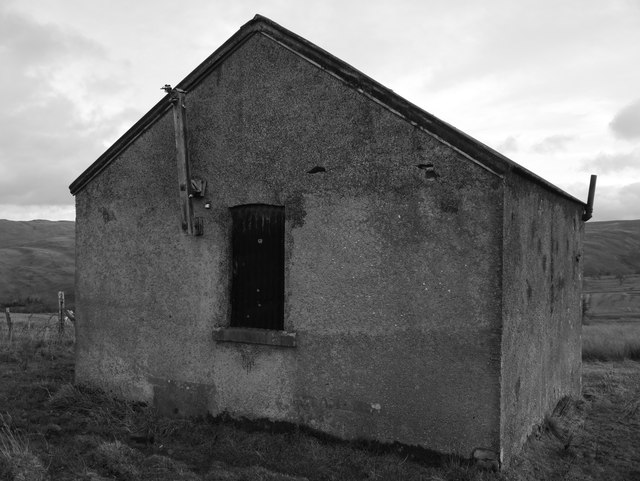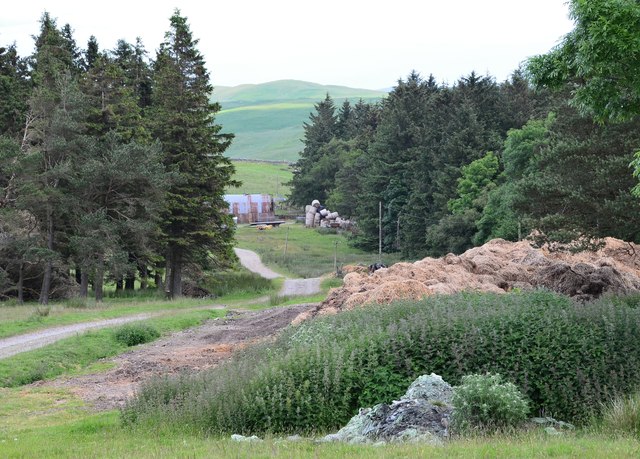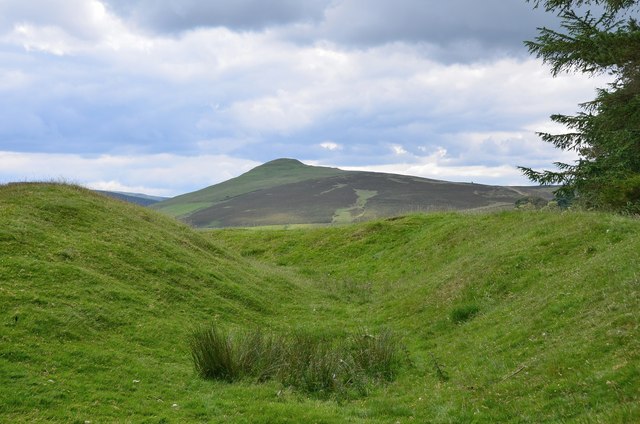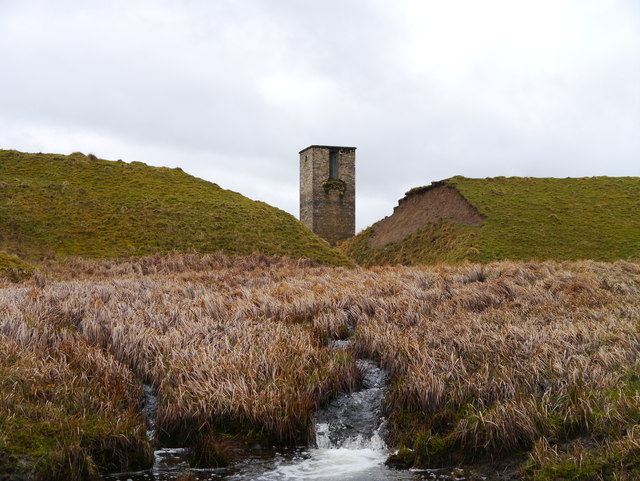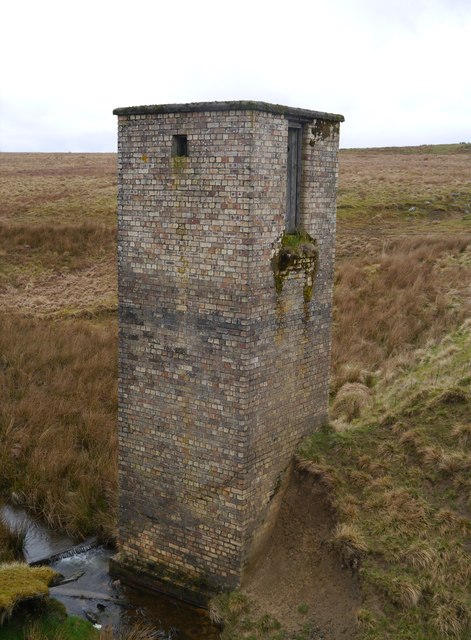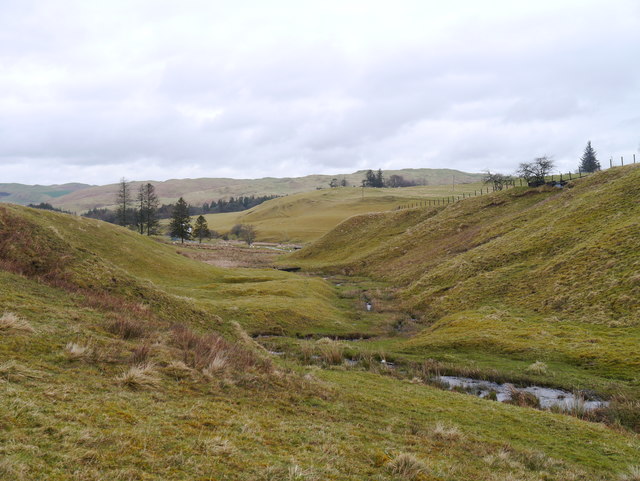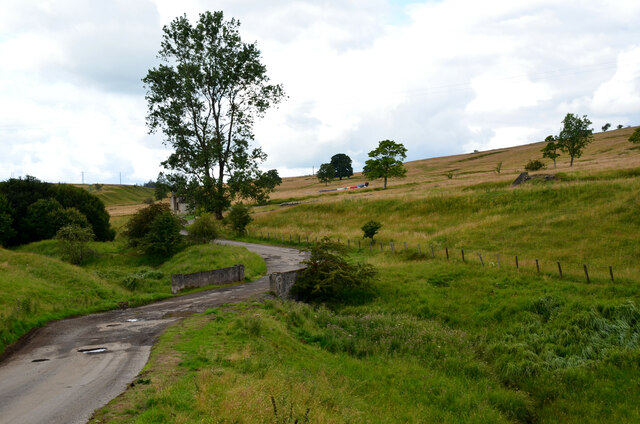Cogsmill Wood
Wood, Forest in Roxburghshire
Scotland
Cogsmill Wood
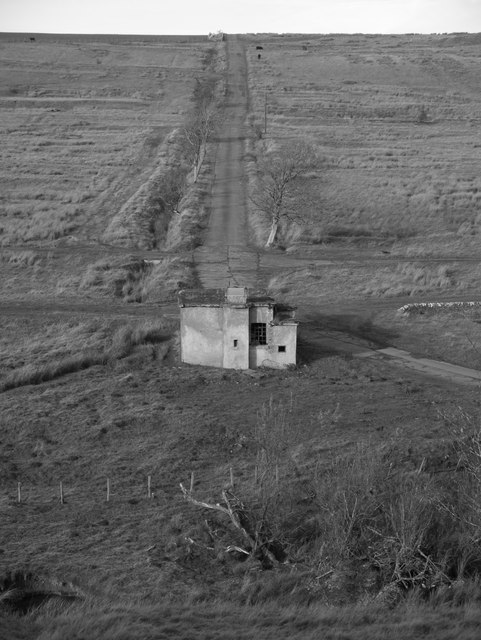
Cogsmill Wood is a picturesque forest located in the region of Roxburghshire, Scotland. Covering an area of approximately 200 acres, it is a well-preserved woodland that offers a tranquil retreat for nature enthusiasts and outdoor enthusiasts alike.
The wood is predominantly composed of native tree species, including oak, birch, beech, and pine. The diverse range of flora and fauna found within the wood makes it an important habitat for various wildlife species, such as red squirrels, roe deer, and a variety of bird species.
Cogsmill Wood is crisscrossed by a network of well-maintained walking trails, allowing visitors to explore its natural beauty at their own pace. The trails wind through the forest, offering stunning views of the surrounding countryside and providing opportunities for birdwatching and wildlife spotting.
The wood is also home to a small river, which adds to its charm and provides a peaceful backdrop for visitors. The sound of running water and the rustling of leaves create a serene atmosphere, making it an ideal location for those seeking solace and tranquility.
In addition to its natural beauty, Cogsmill Wood has historical significance. It is believed to have ancient roots, with evidence of human activity dating back centuries. Archaeological remains, including ancient settlements and burial sites, have been discovered within the wood, adding to its cultural and historical value.
Overall, Cogsmill Wood is a captivating forest that offers a perfect blend of natural beauty, biodiversity, and historical significance. Whether visitors are seeking a peaceful stroll, wildlife observation, or a glimpse into the past, this woodland provides a truly enriching experience.
If you have any feedback on the listing, please let us know in the comments section below.
Cogsmill Wood Images
Images are sourced within 2km of 55.370018/-2.772443 or Grid Reference NT5108. Thanks to Geograph Open Source API. All images are credited.

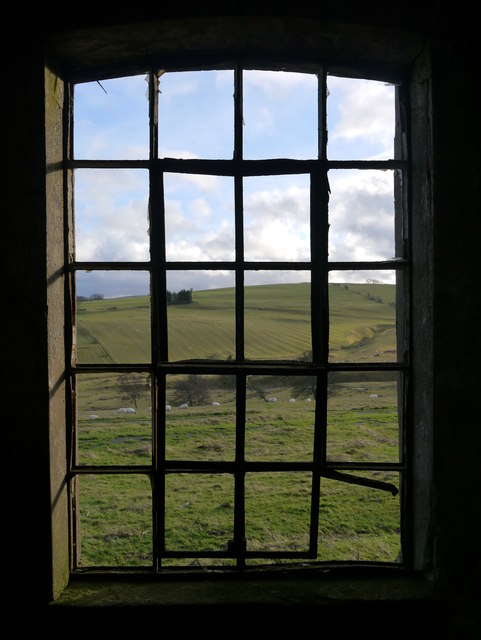
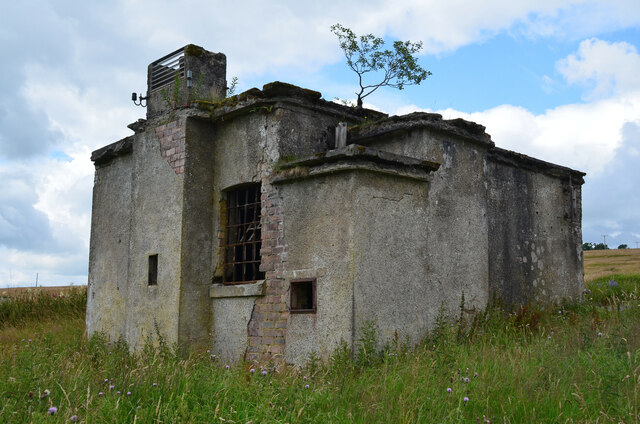
Cogsmill Wood is located at Grid Ref: NT5108 (Lat: 55.370018, Lng: -2.772443)
Unitary Authority: The Scottish Borders
Police Authority: The Lothians and Scottish Borders
What 3 Words
///crunched.install.simulates. Near Hawick, Scottish Borders
Nearby Locations
Related Wikis
Stobs railway station
Stobs railway station served the hamlet of Barnes, Scottish Borders, Scotland from 1862 to 1969 on the Border Union Railway. == History == The station...
Stobs Military Camp
Stobs Camp is a military and internment camp located just outside Hawick in the Scottish Borders. It is an internationally important site due to its level...
Shankend
Shankend Manor was a sixteenth-century mansion located some six miles (ten kilometres) south of Hawick, close to Whitrope Siding in Scotland. It was constructed...
Shankend railway station
Shankend railway station served the hamlet of Shankend, Scottish Borders, Scotland from 1862 to 1969 on the Border Union Railway. == History == The station...
Slitrig Water
Slitrig Water (archaic Scots: Slitterick Waiter; current Southern Scots: Slitrig Witter), also known as the River Slitrig, is a river in the Scottish Borders...
Branxholme
Branxholme is a hamlet in the Scottish Borders area of Scotland, overlooking the River Teviot, three miles southwest of Hawick, on the A7 road to Langholm...
Branxholme Castle
Branxholme Castle is a five-storey tower at Branxholme, about 3 miles south-west of Hawick in the Borders region of Scotland. == History == The present...
Hawick
Hawick ( HOYK; Scots: Haaick; Scottish Gaelic: Hamhaig) is a town in the Scottish Borders council area and historic county of Roxburghshire in the east...
Nearby Amenities
Located within 500m of 55.370018,-2.772443Have you been to Cogsmill Wood?
Leave your review of Cogsmill Wood below (or comments, questions and feedback).
